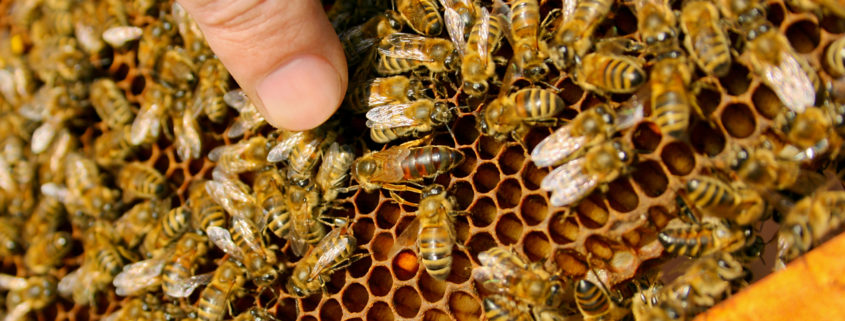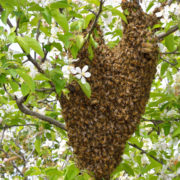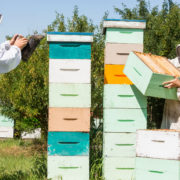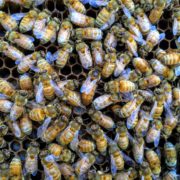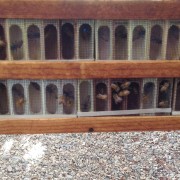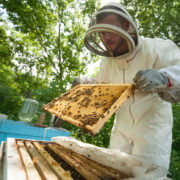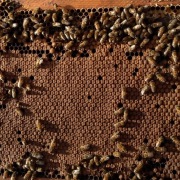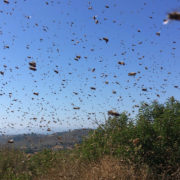Two Queens in a Hive
Most beekeepers know that a hive only contains a single queen. However, this isn’t necessarily always true. There are times when a colony may have two queens; and while it’s usually short-lived, the scenario probably happens more often than most beekeepers realize.
As we know, a queen bee releases pheromones to make the worker bees aware of her presence, and that she’s actively laying fertile eggs. As the queen ages, these pheromones naturally weaken, which lets the worker bees know it’s time to start the process of raising a new queen. Worker bees may plan to supersede an older queen when they notice a decline in her productivity as well.
An instance where a hive has multiple queens may occur when a new queen hatches while the old queen is still living. After a daughter hatches, one of the following scenarios will likely transpire – either the worker bees will kill the old queen, the two queens will fight to the death, or the hive will swarm. Unfortunately, there is no way for beekeepers to know how their hive will handle this situation, as there are a lot of factors in play.
More often than not, an old queen will not live long after a new queen has hatched. If the newly hatched queen doesn’t kill her, the worker bees themselves may do so. Worker bees will kill their old queen when they notice she’s consistently laying infertile eggs, and they’re comfortable that the new queen is mated and producing well. A colony will typically prefer the newer and younger queen who, of the two, more often than not will have the stronger performance and pheromone signature.
However, if the older queen is still performing well, the worker bees may alternatively decide to separate the queens into different areas of the hive. This prevents the queens from killing one another and allows the hive to be temporarily more productive – at least until nature inevitably takes its course.
Many times, beekeepers fail to realize they are dealing with multiple queens. Typically, when a beekeeper is requeening a colony, he or she will stop looking for a queen as soon as the old queen is spotted, not realizing there may actually be yet another queen in the colony. This can be a challenge when beekeepers are actively trying to introduce a new high-quality queen they have purchased. If a beekeeper attempts to introduce a new queen, thinking the hive is queenless when it’s not, the colony will, unfortunately, almost certainly not accept the new queen – which will likely end in a failed queen installation.

